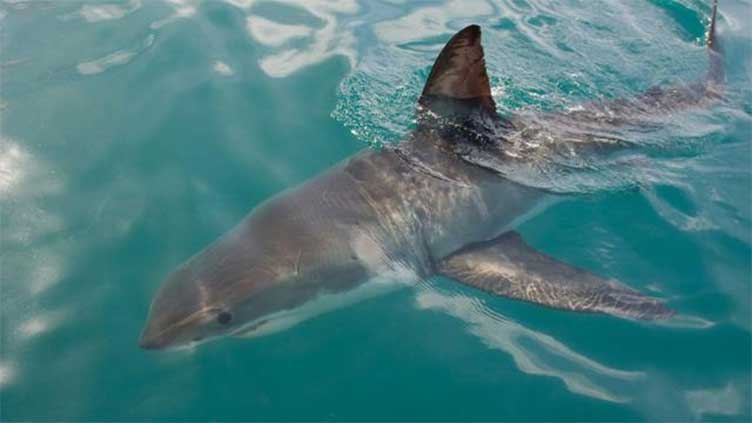AI-enabled drones to detect sharks, alert beachgoers

Technology
AI drones will issue precautionary warnings
(Web Desk) - AI-backed drones – SharkEye - allows for quick detection of sharks even below the water surface and issue rapid text-message alerts to beachgoers in California.
Nearly two weeks ago, beach goers in New York witnessed shorebirds attack drones that were deployed to patrol sharks and assist struggling swimmers.
Now, the University of California Santa Barbara’s Benioff Ocean Science Laboratory (BOSL), plans to initiate a new drone project aiming to monitor shark activity below the ocean waves.
The initiative called SharkEye is not only a research program but also strives to become a community safety tool backed by artificial intelligence (AI).
The SharkEye are AI drones that will issue precautionary warnings to those who have signed up for alerts on potential sharks in the sea.
If a shark is spotted, it’ll immediately send a text message to around 80 people who have registered – including lifeguards, surf shop owners, and also the parents or guardians of children taking lessons in the areas monitored.
CNN reported that the safety tool uses video technology to collect data and analize shark behavior.
Additionally, the video recording is supplied to an AI-based computer vision machine learning model.
The AI technology allows computers to quickly scan through the information collected via drone images and videos.
The information trains AI to detect great white sharks near Padaro Beach, near Santa Barbara, a city in the US.
The great white sharks in California have in the past been reported attacking civilians considerably. Additionally, these sharks are mostly juvenile.
In 2022, USA Today reported that between 2017 and 2021, California llifeguards noticed a fivefold increase in great white shark sightings and most of them were youngsters.
The media outlet also noted a situation when a team of researchers from California State University visited one stretch of beach Long Beach, they encountered 40 juvenile great white sharks within two miles, hanging out in areas the researchers described as “nurseries.”
Neil Nathan, a project scientist with BOSL and a Stanford University graduate told CNN: “Automating shark detection … can (also) be really helpful for a lot of communities outside of ours here in California.”
In an effort to keep beachgoers safe, various regions across the world have set measures and protocols to detect sharks such as officials and lifeguards observing activities via a screen constantly recording the scene.
However, such initiatives have proved challenging as human eyes have to constantly stay alert and focused on the screen.
Additionally, manual observation through cameras don’t always allow clarity such as uncontrollable factors like glare of the sun or extreme water charge leading to flutters that could blur the screen’s view.
While fatal shark attacks may not occur as often but the loitering of sharks in California beaches has scared some beachgoers.
Therefore, AI drones like SharkEye may allow for quick detection of sharks and issue rapid alerts to beachgoers.
The tech also strives to overcome the challenge for drone pilots to differentiate sharks from paddleboarders, seals, dolphins, and kelp. This is where AI comes in, it’s trained to track sharks more precisely than the human eye behind screens.


